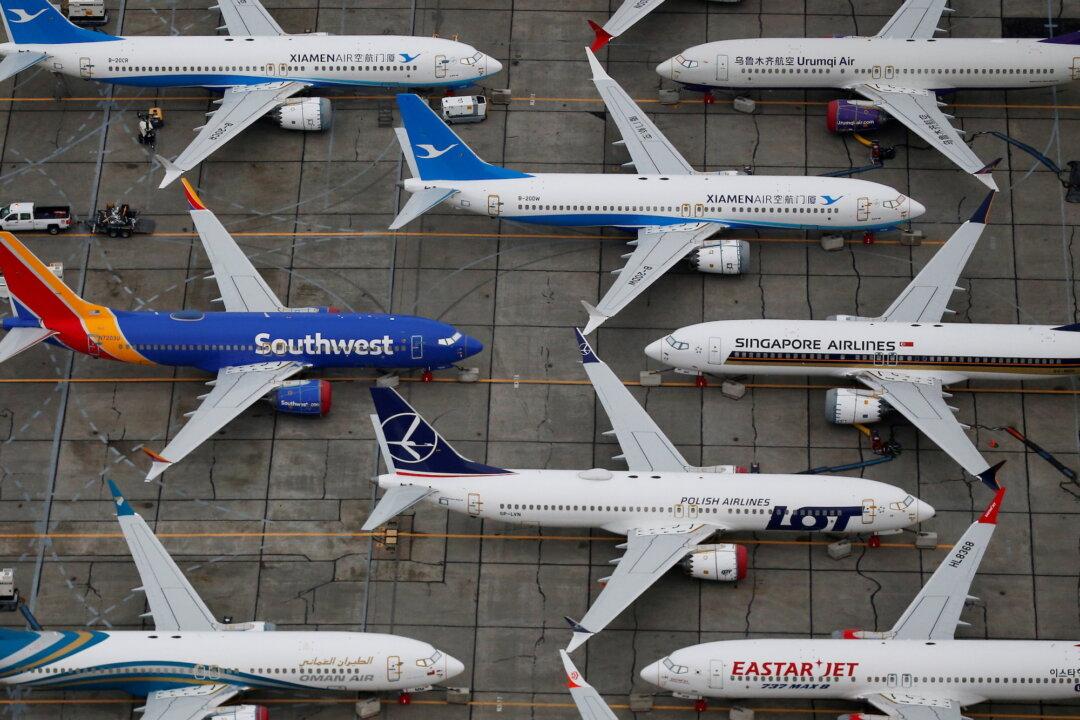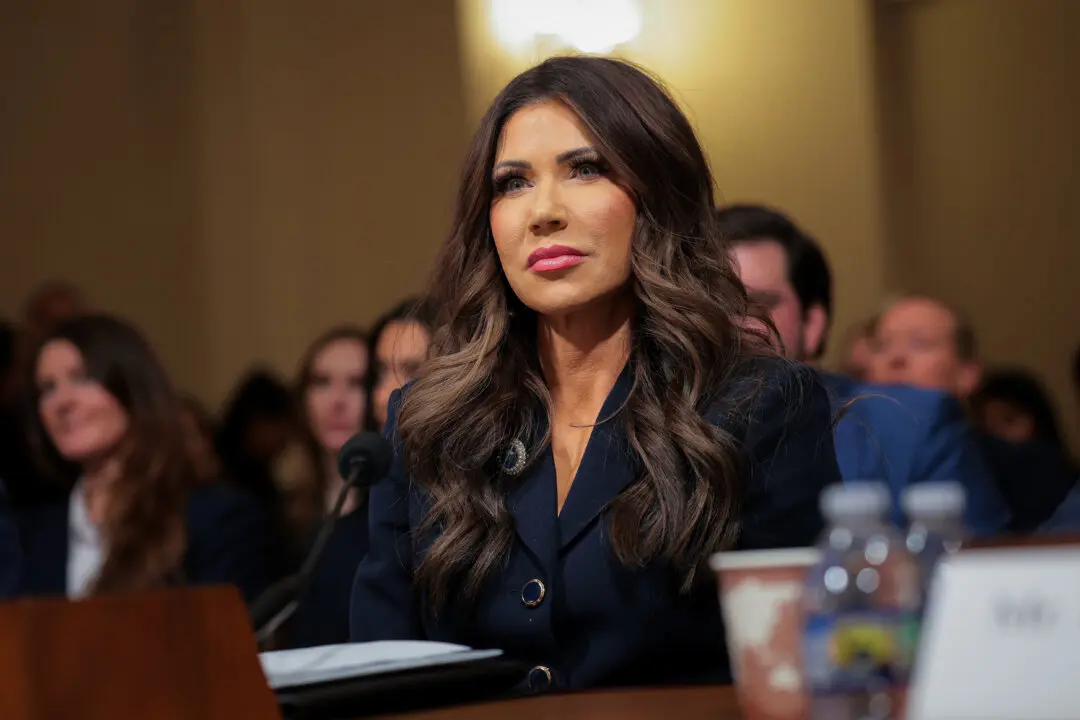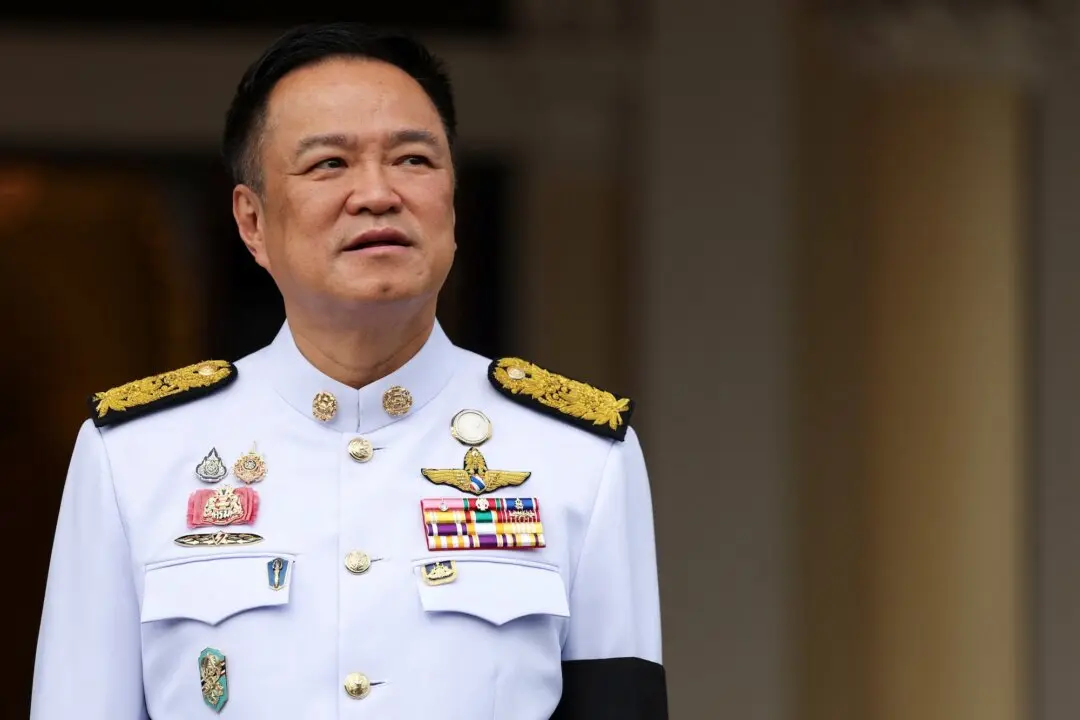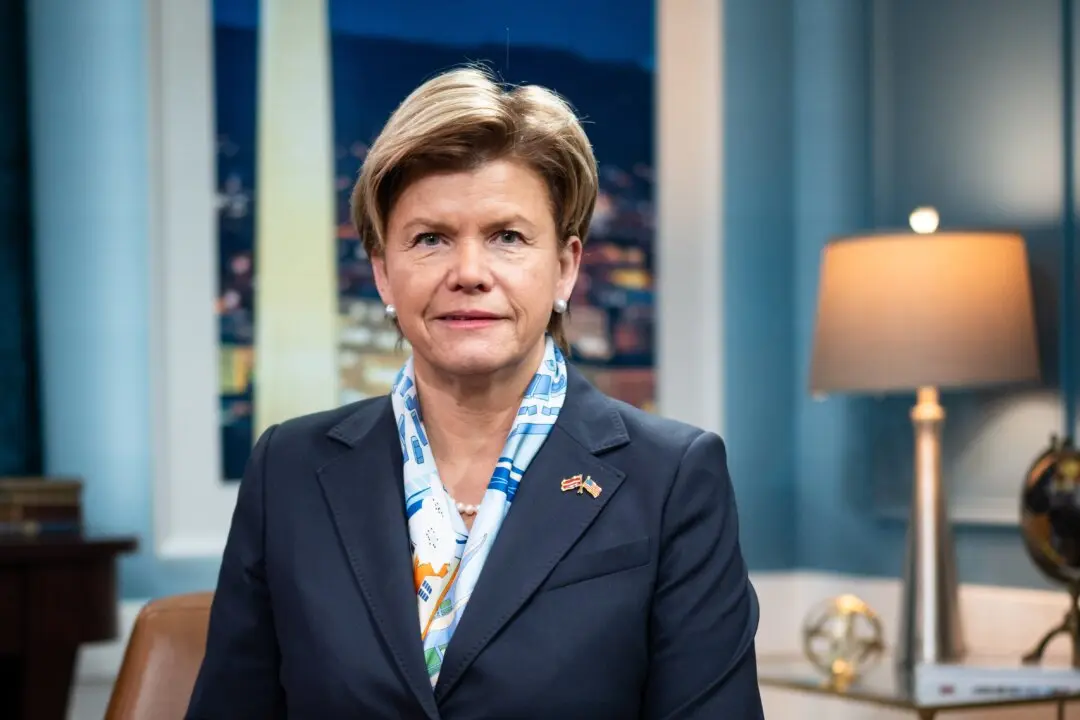The U.S. Federal Aviation Administration (FAA) on Nov. 18 cleared Boeing’s 737 MAX to take to the skies again, after two fatal crashes led to the jetliner’s grounding and drove nearly two years of regulatory scrutiny into the beleaguered plane.
In issuing a rescission of its Emergency Order of Prohibition (pdf), the FAA cleared the way for Boeing Model 737-8 and 737-9 airplanes to operate, provided that the planemaker satisfies certain conditions.





